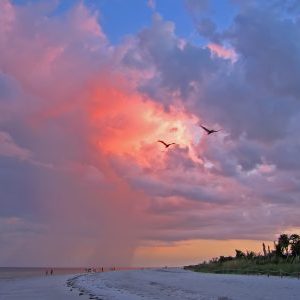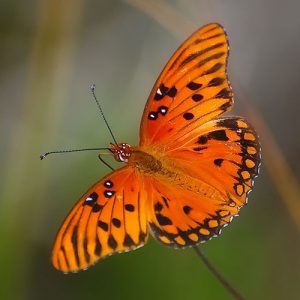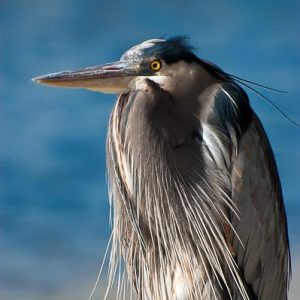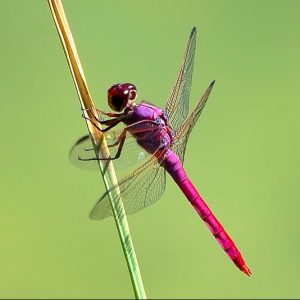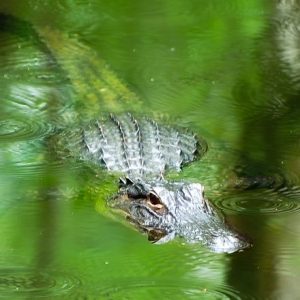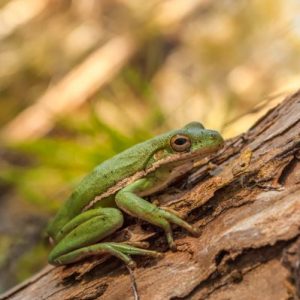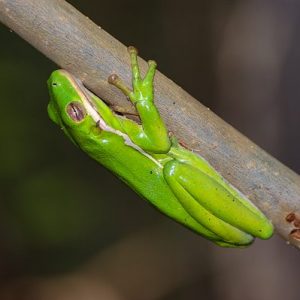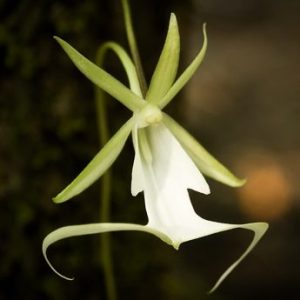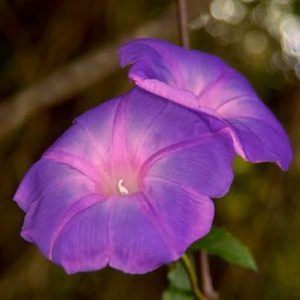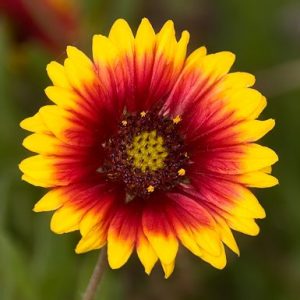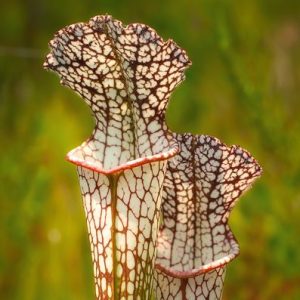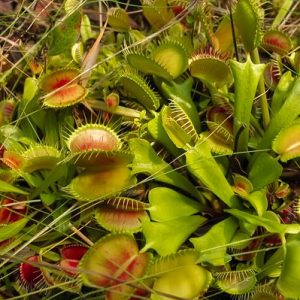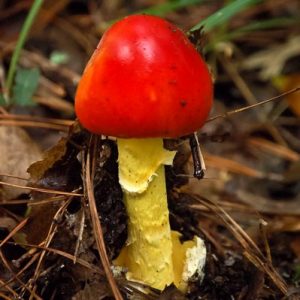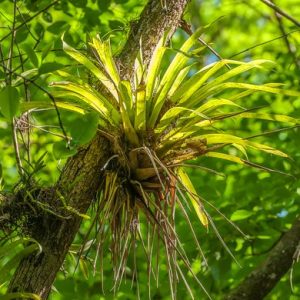Wildflowers by Family O-V
By far our largest collection of galleries, these image sets are arranged by both color and by taxonomic family for use as a casual identification tool or field guide, or for more thorough scientific research for deeper understanding.
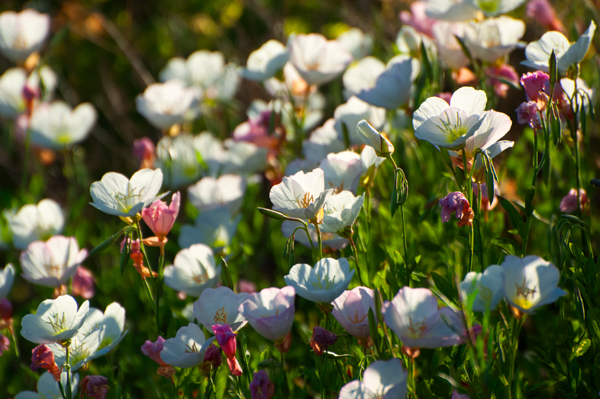
Onagraceae (Evening-Primroses)
Sometimes also known as the herbwillow family, this family is found in the more temperate parts of the New World and easy to recognize. Every flower has four separate petals and sepals. The most common ones in North America are the various evening primrose species and fireweed!
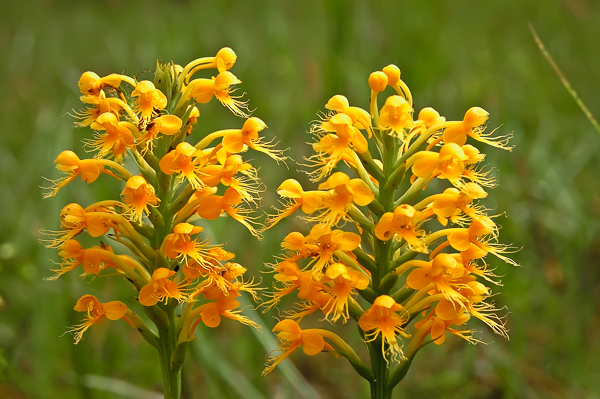
Orchideae
Orchideae is perhaps the largest and most widespread tribe of wild orchids found in North America. These wildly adaptive terrestrial orchids have fleshy energy-storing rootstocks that allow them to fade, dry up and disappear underground until the next season when they are ready to poke above ground again.
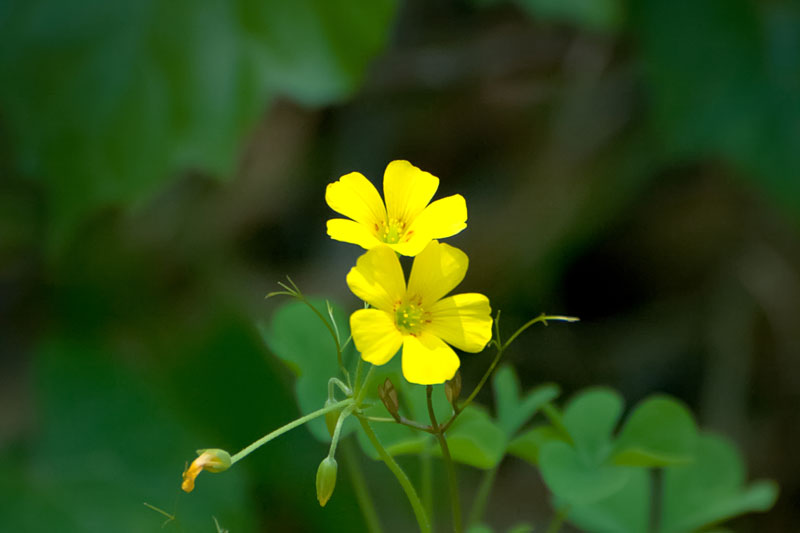
Oxalidaceae (Wood Sorrel Family)
Mostly known as the wood-sorrel forest herb commonly foraged here in North America with the sharp, tangy/sour taste due to the oxalic acid, perhaps the most well-known member in this family is the Asian tropical tree that gives us starfruit.
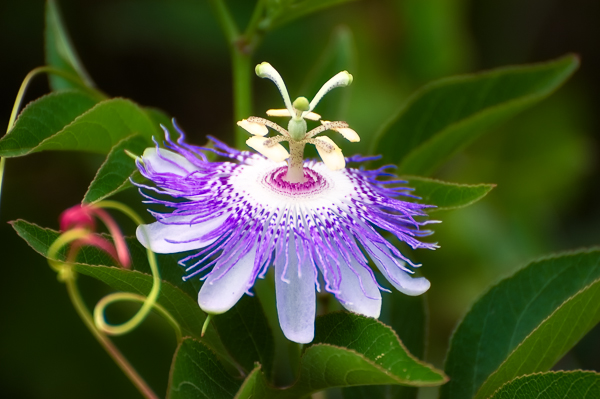
Passifloraceae (Passionflowers)
These fast-growing vines with their incredibly ornate and fantastically beautiful, colorful and large flowers, passionflowers are perhaps not as well known as you think they should be. Pollinated passion flowers give us the delicious passionfruit, which have all kinds of culinary uses on their own, they are best known as the distinctive flavor of Hawaiian Punch.
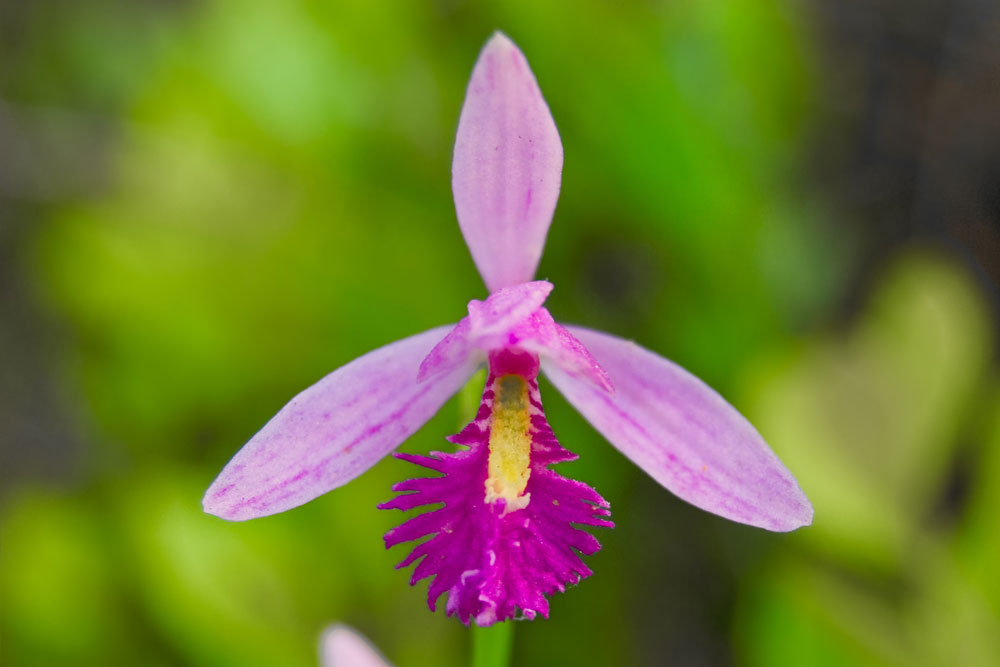
Pogoniinae
With only around four species (orchid taxonomy is always in a state of constant change) found in North America, the pogonia tribe of orchid’s name means ‘beard’ or ‘bearded.’ They are most often located in sunny, wet open places and are often found growing among carnivorous plants.
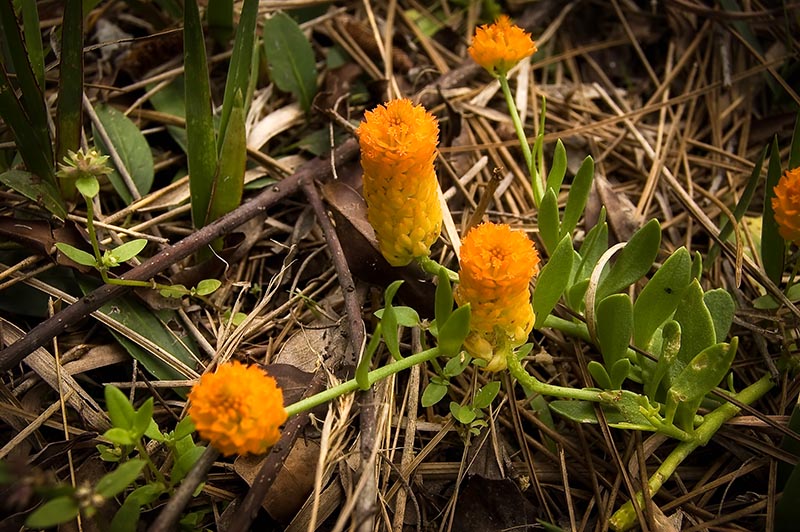
Polygalaceae (Milkworts)
The milkwort family (Polygalaceae) is found all around the world and while most are easily overlooked as just another tiny wildflower, who would want to hike through the wilderness without getting a chance to see swaths of brightly-colored drumheads, spectacular fields of bachelor’s buttons or the tight clusters of the beautifully yellow-green candyroot?
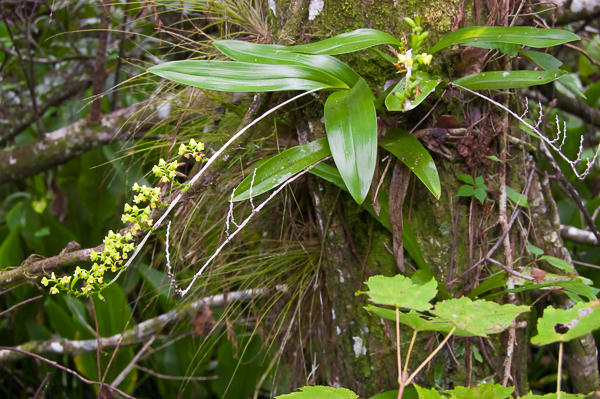
Polystachyeae
In the United States, we just have one member of this beautiful flowering tropical epiphytic orchid tribe and that is the yellow helmet orchid (sometimes called the greater yellowspike orchid). It is found in the lower half of Florida in wetlands, but can also be found natively in Africa and Asia.
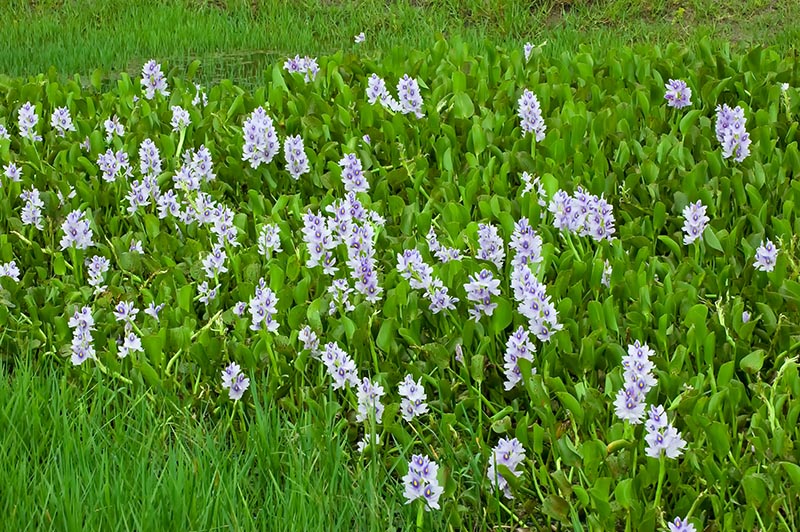
Pontederiaceae (Pickerelweed Family)
Primarily small aquatic flowering plants, members of the tropical/subtropical pickerelweed family can form massive “flotillas” of floating vegetation that can block waterways for people and choke water moving water systems for wildlife.
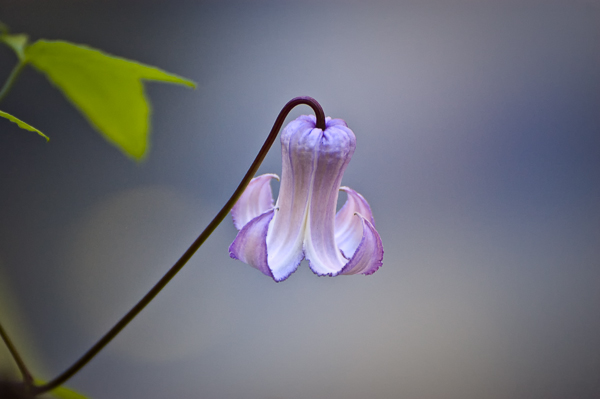
Ranunculaceae (Buttercups)
The buttercup (or crowfoot) family of plants have not changed much in the past 100 million years, and today have about two thousand species growing natively around the world. While many have been very important to cultures around the world medicinally – most specifically for use as poultices, most are today considered poisonous to ingest.
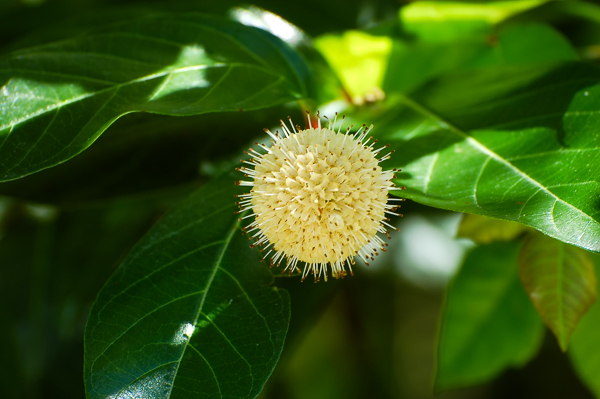
Rubiaceae (Coffee and Madder Family)
Some would say that life without the botanical family, Rubiaceae, is a life not worth living. Besides such essential crops for some of us, other important uses include Cinchona (responsible for giving us the important malaria-fighting quinine) and other common and popular landscaping plants such as ixora and pentas.
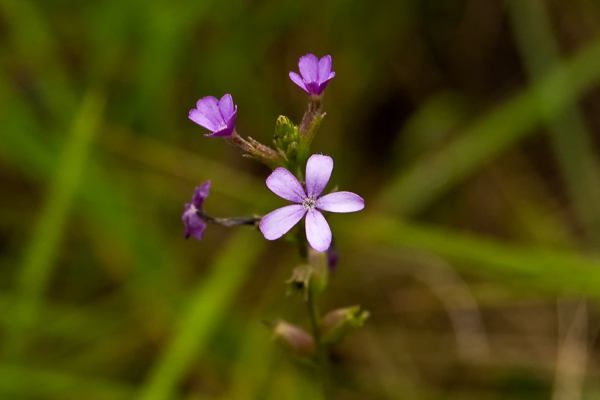
Scrophulariaceae (Figwort Family)
Once a vast and mighty botanical family of flowering plants, modern scientific classification has broken this once noble family into many smaller families (and rightly so, based on DNA). The remaining figwort members are found in temperate locations around the world, and inhabit wetlands, coastal mountain ranges, tropical wetlands and rocky shorelines.
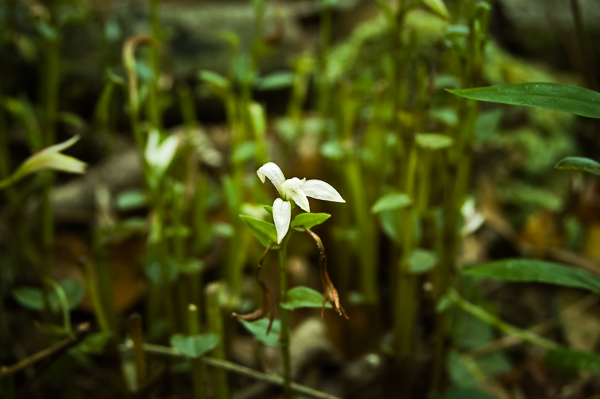
Triphoreae
With less than a dozen species of this tribe of tiny, delicate wild orchids in North America, most of them are so small and nondescript that they are easily overlooked. Most of them are found in Mexico and only a few species reaching as far north as the United States. Of these, only one is said to be found as far north as in Ontario, Canada.
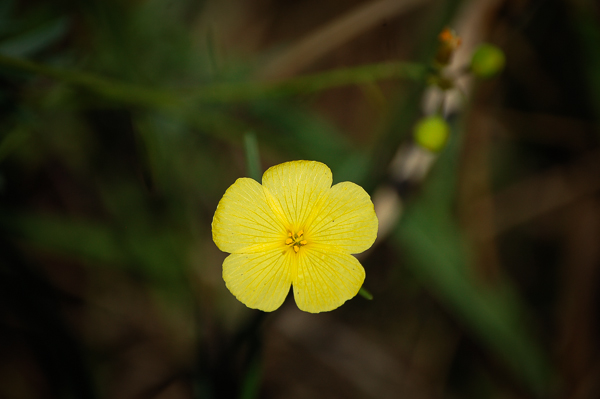
Turneraceae (Stripeseeds)
Found only in the tropics and subtropics, the plants collectively known as the stripeseeds are not as well understood as other plant groups and are believed to be close cousins to the passionflower family. Further taxonomical research and studies will need to be done to solve this academic mystery!
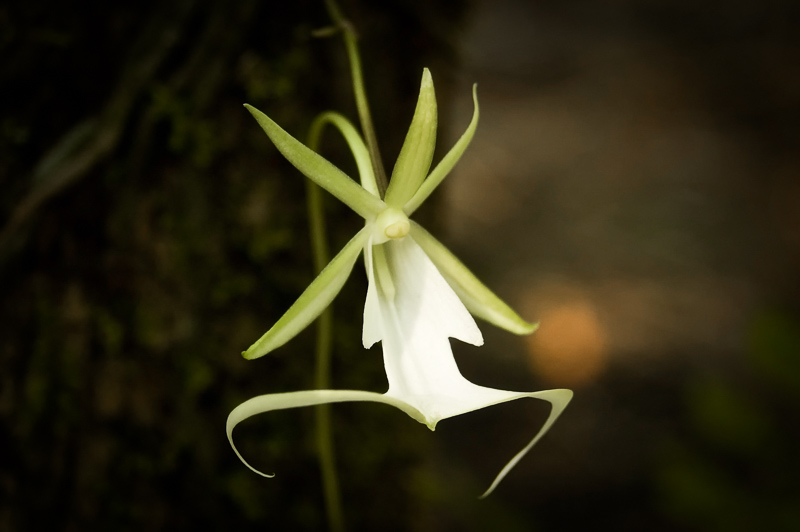
Vandeae
Orchids of the Vandeae tribe are perhaps the most unusual of all our native orchids, because none of them have leaves except when they are tiny seedlings. they also have as part of their tribe the Holy Grail of orchid hunters – the ghost orchid. Equally fascinating and also very hard to find in the wild are the two other species of leafless orchids. See all three here!
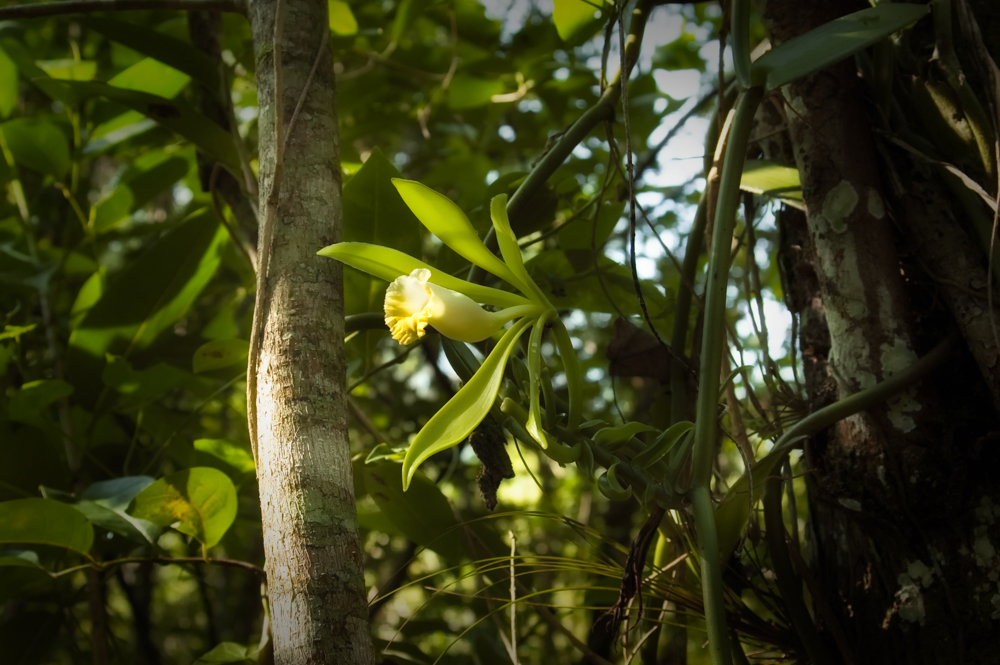
Vanilleae
The world’s most important orchid! This tribe is responsible for giving the world vanilla, and there are only four species native to the United States, and two more of them are species that have escaped into the wild.
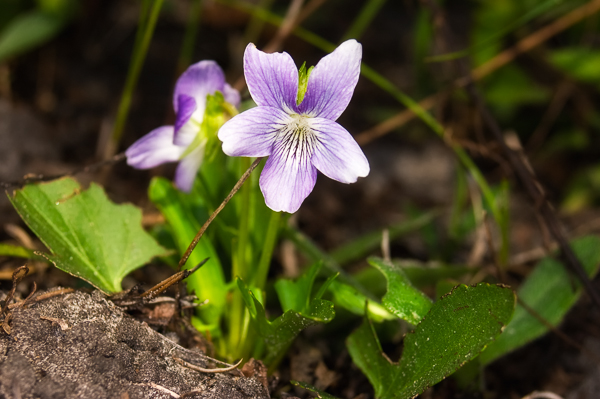
Violaceae (Violets)
From the Florida Everglades to the top of the Olympic Mountains of the Pacific Northwest, across sagebrush plains and through heavily wooded forests, our distinctive native violets are one of the prettiest groups of wildflowers to be found anywhere!

